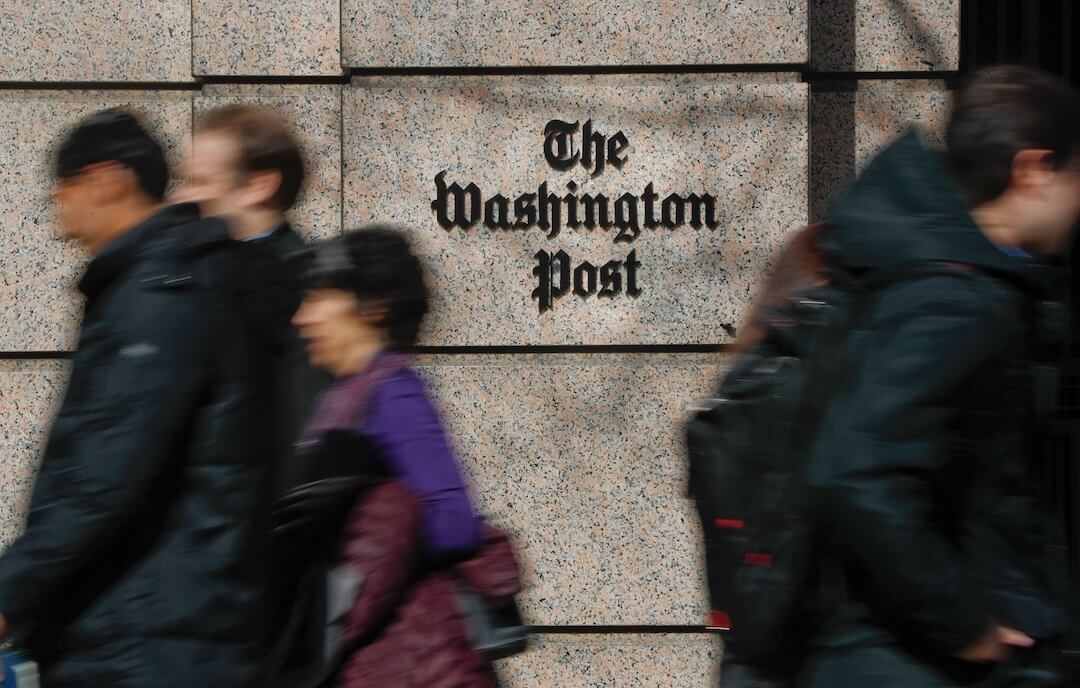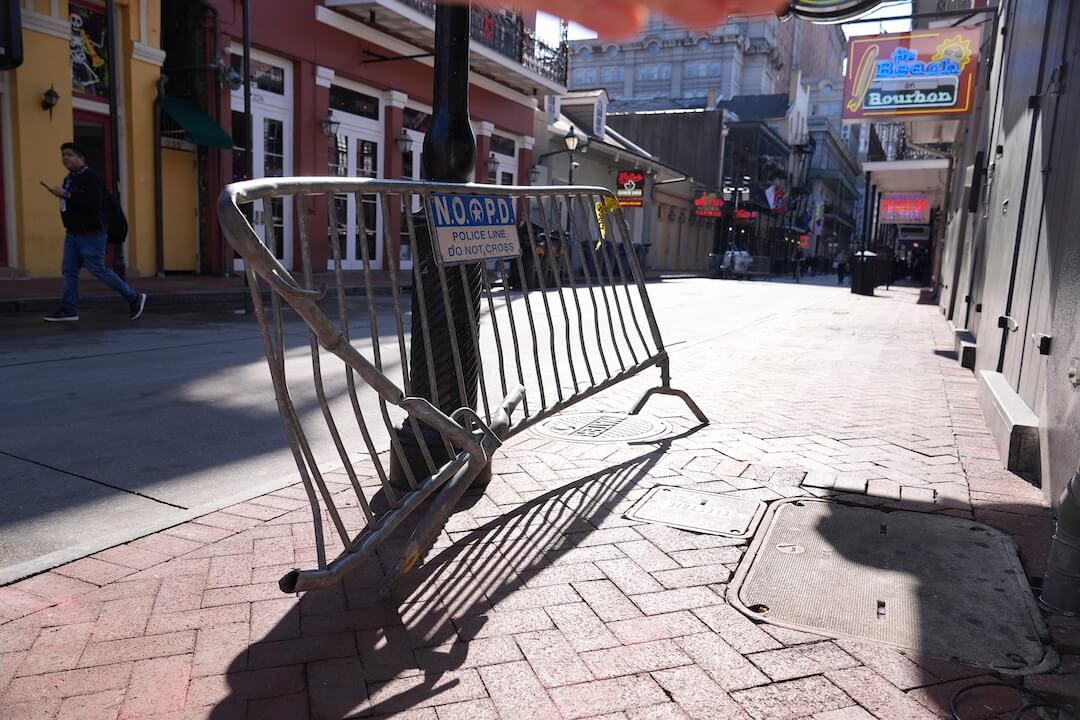It’s a Saturday afternoon and Mike Stanley drags any instrument he can find — a trumpet, a drum set, a pedal-operated voice modulator — into the Neat-O Gallery, a room that, in any other home, would probably be a den. For the next hour and a half he yelps and yowls into a microphone, making noise with anything on hand. The orchestrated ruckus floats next door, where Dallas Bohrer lives. But the 74-year-old neighbor isn’t bothered by the noise. He encourages it.
Together, Stanley and Bohrer treat their adjacent properties like two pieces of the same ever-evolving art project. The Blueberry Patch, as they call it, is a spot of odd beauty on 20th Avenue, just off the 49th Street corridor in Gulfport, Fla. — an area littered with rundown strip malls and warehouses.
“Forty-ninth is the ugliest street here,” Stanley says. “We’re not the prim and proper Gulfport.”
But the prim and proper Gulfport, a beachside town tucked next to St. Petersburg, is taking notice. City Council members recently voted to spend $493,000 on sidewalks, lampposts and landscaping in an effort to beautify the district. On top of that, the council voted unanimously to rezone the area so residents can run businesses from their homes, all in an effort to draw more artists like Stanley and Bohrer to the area.
“Everyone thought that a lot of artists were being priced out of downtown,” said Council Member Michelle King, referring to Beach Boulevard South, the city’s well-known arts district. “There was a feeling that a lot of money was being poured into the waterfront district and not other areas.”
King and many of the area’s local artists hope 49th Street will become Gulfport’s newest arts district, and the Blueberry Patch its central creative outpost.
“I think it has a lot of potential,” said Frank Hibrandt, a local artist who helps operate City of Imagination, a nonprofit that organizes arts events in Gulfport. He compares the area to the Beach Boulevard South of 10 years ago. At that time the buildings were run down but also home to an eclectic music scene that had more galleries than places to eat.
“Basically it’s restaurant row now. Market forces always push arts out,” Hibrandt said. “It’s reality. Art is the anchor that brings that stuff in.”
If Stanley and Bohrer were in charge of the revitalization, 49th Street might look something like their collective back yard, with several year’s worth of salvaged Christmas lights, street signs and other objects strung from trees. Found art and art-in-progress are tucked away in bushes. Their arrangement is random but purposeful.
“This is jewelry for Mother Nature,” Bohrer said.
Bohrer, a lifelong artist, has run the Blueberry Patch for 30 years. Only the location has changed.
Twelve years ago he bought the lot on 20th Avenue by going into early retirement and making payments with Social Security checks.
Stanley, 39, is a counselor at a local group home. He moved next store after hearing Bohrer’s concerts as he walked his dog nearby.
In the center of the Blueberry Patch is a stage, the main attraction. Old couches and car seats stand in as bleachers. A few times a month the place swells with more than a hundred people who come to watch live music and, when the night is over, form a giant circle of celebratory chanting. By 11 p.m., they turn the amplifiers off. That’s when the city’s sound ordinance kicks in.
Bohrer doesn’t charge admission to the concerts, but does ask for donations. Three other artists live in rooms at the Patch in return for doing work around the lot. Stanley runs his gallery in a similar way, allowing artists to hang their work for free.
“They talk about this place like it’s a business, but it’s not. The Blueberry Patch is just what Dallas [Bohrer] calls his back yard,” Stanley said. “I don’t want the city coming down on me. I’m trying to follow the rules. I say, if you sell a piece for $1,000, just kick me a couple of hundred dollars.”
Bohrer hopes to expand the Patch and is negotiating to buy an auto repair shop on the corner of 49th Street and 20th Avenue South. If it’s possible, he’ll convert it into a gallery and a vegetable stand. Carl Morris, the owner, said he would rather sell the lot to artists than anyone else if he can get the price he needs.
“It’d be better than a pawnshop,” Morris said. His property extends down 49th Street 5 1/2 lots, he added. “That’d be great if he could get the whole thing.”
If 49th Street is ever going to change, it won’t be because it has the zoning or plenty of old buildings to renovate, Hibrandt said. It’s what the Blueberry Patch can inspire in people who move to the area.
“It’s a great example of the intangibles. They have the energy and the spirit to do it. That’s infectious,” Hibrandt said. “If you transfer that spirit, use it as a model for 49th Street, then you have something.”
Stanley agrees, and has proof.
Before the day is over, four more musicians have joined him in his gallery. They make a noise that can be heard a block away near the old Winn-Dixie grocery store, and all the way down to Morris’ auto repair shop. The caterwauling trumpet, blown into the voice modulator, may just be the sound of revitalization.





